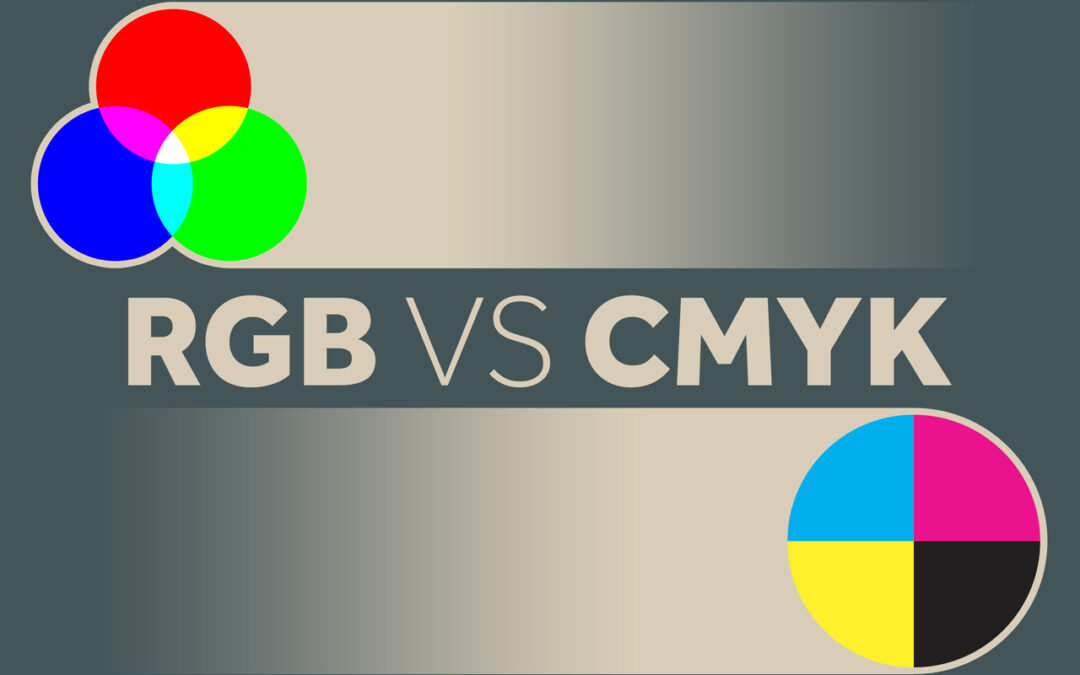
by daron | May 4, 2023 | Branding, Graphic Design, Website
At Root & Roam Integrated Marketing Agency, typography is a fundamental element of our work. It’s the art and technique of arranging type, or text, to create visually-appealing and easy-to-read designs. In this blog post, we’ll take you through the...

by daron | Apr 5, 2023 | Branding, Graphic Design, Website
In today’s world, staying ahead of design trends is a crucial part of building a successful brand. With new technologies and changing business landscapes, design is constantly evolving. Root and Roam Integrated Marketing Agency is committed to keeping up with...

by daron | Jan 14, 2022 | Branding, Digital Marketing, Event Marketing, Graphic Design, Traditional Marketing
The history of marketing – Marketing is defined as the action of promoting and selling products or services. For as long as there has been something to trade, barter, or sell, there has also been marketing. From the first example of branded materials to the...

by daron | Dec 17, 2021 | Branding, Creative Services, Graphic Design
Why Adobe Libraries is a Key Feature for Designers – Designers often need to maintain consistency across different projects and brands, using the same graphics, colors, fonts and vector graphics. But, before Adobe Libraries came along, there was no easy way to...

by daron | Dec 6, 2021 | Digital Advertising, Digital Marketing, Graphic Design, Publications
Choosing a Graphic Designer – Quality graphic design is a vital element of your business. A quality graphic designer can help your company’s visibility, sophistication, efficiency, and desirability over the competition. It is essential to stand out effectively...

by Amy | Aug 20, 2021 | Branding, Creative Services, Digital Marketing, EDDM, Graphic Design, Root & Roam Blog, Website
RGB vs CMYK – What is the difference between RGB and CMYK? Simply put, it’s just different ways of processing colors. Painters mix paint to make the perfect color palette. Digital designers also mix colors to create palettes, photography, and more. CMYK is the...







